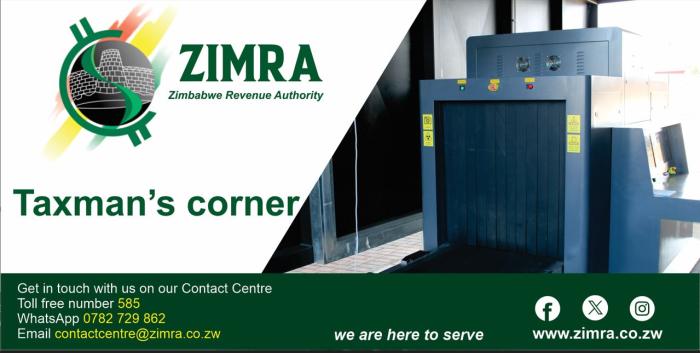The WCO SAFE Framework of Standards recommends that as part of modernization of customs processes at ports of entry, Scanners or Non-Intrusive Inspection Technology (NIIT) should be available and used for conducting inspections. Scanners are non-intrusive inspection tools or techniques which includes commercial X-ray cargo scanners and baggage X-ray scanners.
ZIMRA initiated the use of scanners as far back as 2005, when the Authority acquired relocatable cargo x-ray scanners for use at its major border post Beitbridge. The Authority later on procured vehicle inspection mobile scanners, palletised scanners and baggage scanners, and has recently introduced X-Ray Fast scanners at Beitbridge, Forbes and Chirundu, these X-ray scanners can be operated in drive through mode and active mode.
These scanners have the ability to detect contraband and inconsistence cargo through the use of X-ray technology. Simplified X-ray technology results in imaging of cargo or baggage in containers or bags. Once they have detected an inconsistency in the cargo, a physical examination can be conducted in the area that the inconsistency was noted.
This scanner technology allows ZIMRA to target high risk cargo for examination whilst low risk is quickly released that allowing for the targeted allocation of resources. Baggage Scanners are also in use are at our 3 main international airports and all major ports of entry, for the convenience of travelling public.
The scanned cargo or baggage if found to be consistence with the declaration of importer or exporter is released from customs immediately. Cargo with suspicious or inconsistence images is referred for a physical examination which usually result in collection of customs duty, detention of undeclared goods and even levying of civil fines for contravention of customs laws and procedure. Civil fines are levied on contraband found through the use of scanners.
The major benefits of scanning goods or cargo are as follows: Risk profiling is enhanced; improved revenue collection; Compliance with regulatory laws; reduction in instances of smuggling; Reduced customs clearance turnaround time; Limited physical handling of goods (COVID era) and Reduced physical interface between client and staff.
In conclusion the scanners have assured an era of Customs modernsation in order to increase efficiency and effectiveness of customs clearing process, and which has been proved to be a game changer in improving compliance to Customs Laws and procedures.
My Taxes, My Duties: Building my Zimbabwe!!
Disclaimer
This article was compiled by the Zimbabwe Revenue Authority (ZIMRA) for information purposes only. ZIMRA shall not accept responsibility for loss or damage arising from use of material in this article and no liability will attach to the Zimbabwe Revenue Authority.

